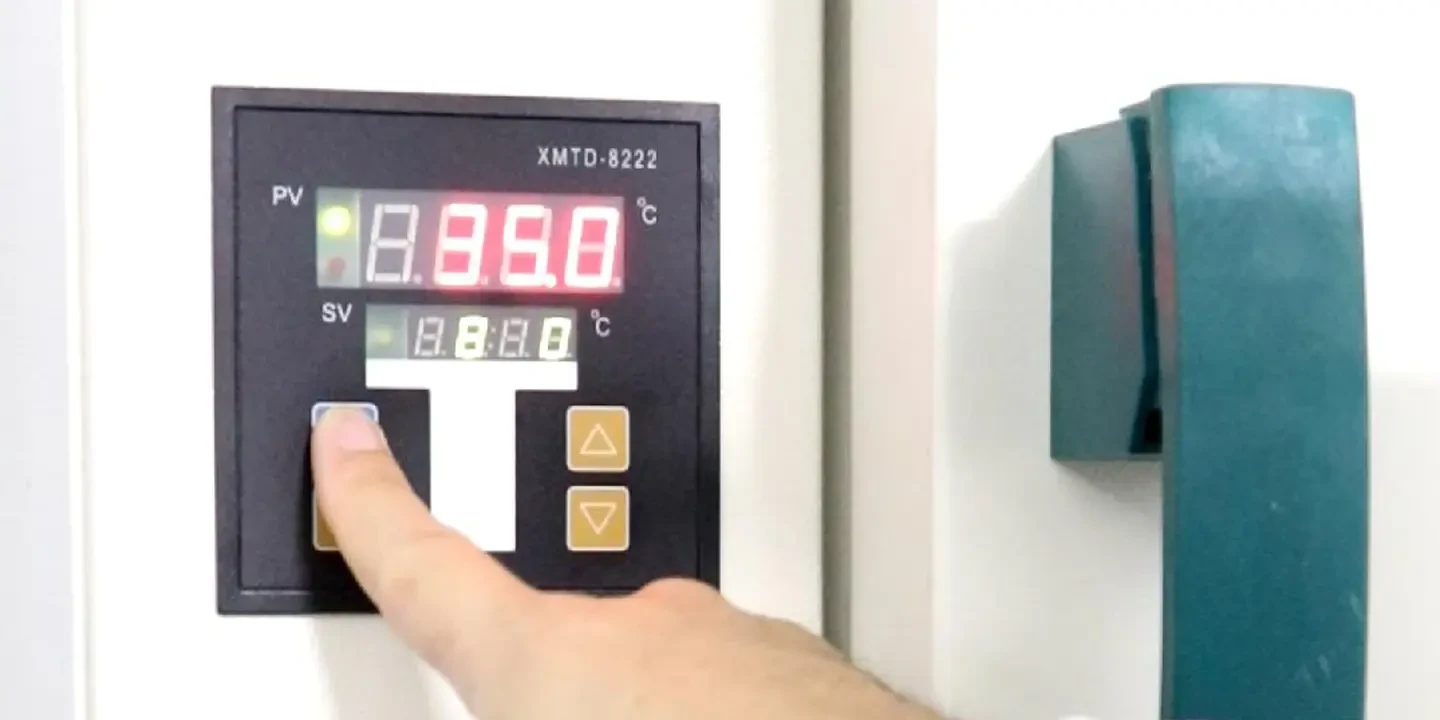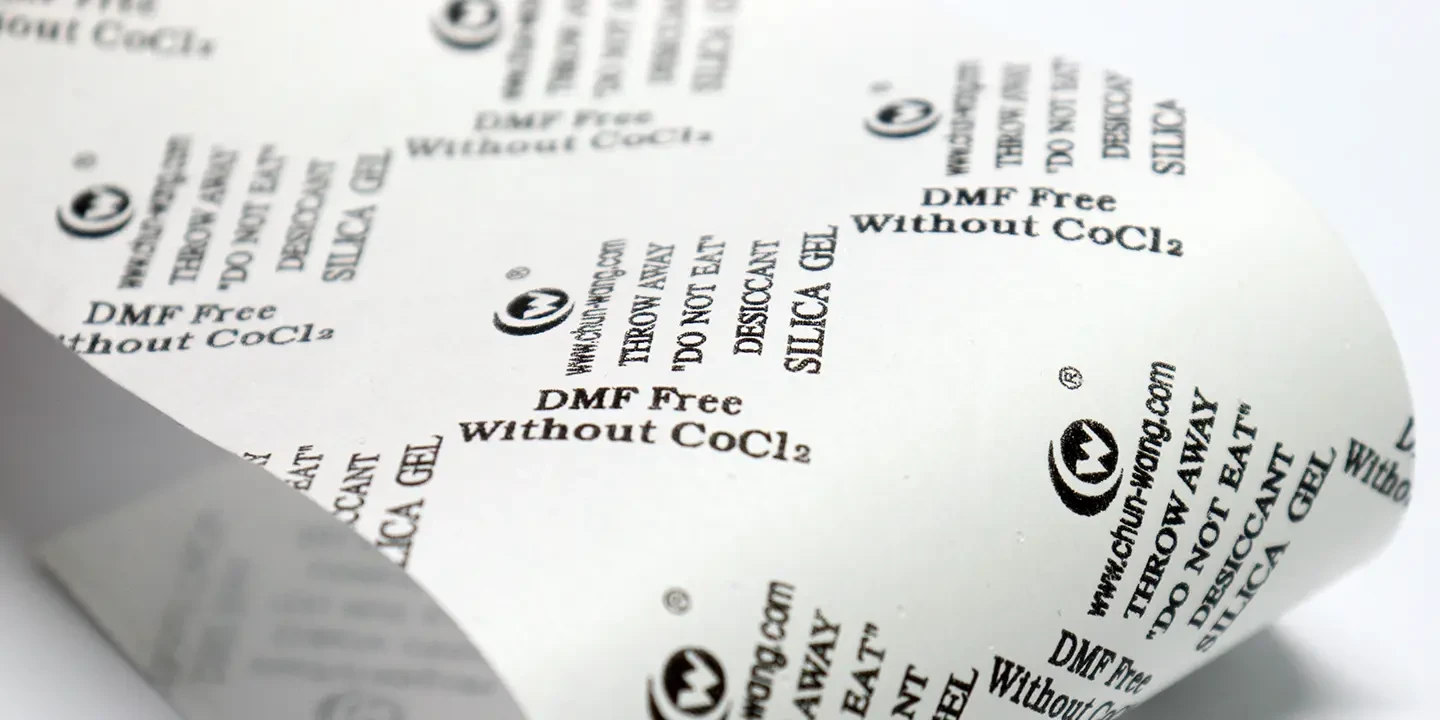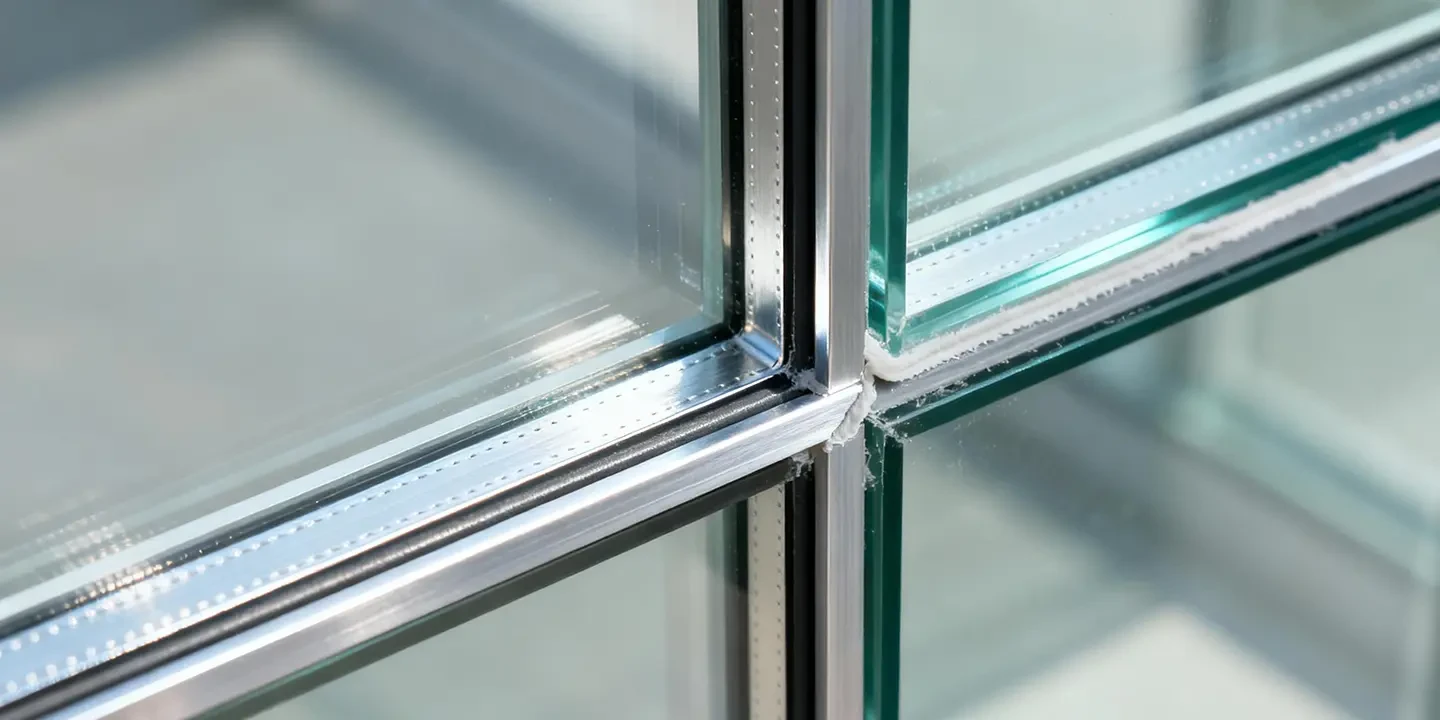Many clients immediately test the moisture absorption rate upon receiving desiccant samples, only to find that the results fall short of the manufacturer’s claims. Is the desiccant itself ineffective, or is there an issue with the testing method? Based on past communications with customers, such misunderstandings are primarily due to incorrect testing approaches.
Below, we examine four common yet flawed methods for testing desiccant moisture absorption:
Incorrect Method 1:
Some clients assume that desiccants are meant to absorb moisture and simply submerge them in liquid water, waiting a few hours to see if they become “saturated.”
- Desiccants function by absorbing moisture (water vapor) from the air to maintain a dry environment. Their target is gaseous water, not liquid water.
- High-quality desiccants are typically packaged in waterproof, breathable materials designed to adsorb atmospheric moisture and lock it in, not absorb liquid water. Submerging the desiccant in water prevents moisture from penetrating the packaging—if it could, the desiccant would both leak and allow moisture to escape, contradicting its anti-leakage design.
- After absorbing moisture, the water should be retained within the desiccant’s internal material, with no visible moisture on the surface. If the desiccant drips after being removed from water, it clearly indicates that the testing conditions do not reflect real-world absorption scenarios.
Incorrect Method 2:
Customers pour water directly onto the sample to observe how quickly it absorbs the liquid.
- The primary function of a desiccant is to absorb atmospheric humidity, thereby reducing environmental moisture levels, not to directly absorb liquid water.
- Superabsorbent polymers (like those used in diapers) are designed for rapid liquid water absorption. Some manufacturers misleadingly incorporate such materials into their products and create “absorption comparison videos” to confuse consumers, blurring the lines between the intended uses of these products.
Incorrect Method 3:
Some customers open the desiccant’s outer packaging during testing and only test the internal material (granules or powder), which is also incorrect.
- This approach confuses “desiccant raw materials” with “finished desiccant products.” Finished products may consist of a single material (e.g., silica gel or mineral desiccants) or a blend of materials (e.g., container desiccants or calcium chloride desiccants).
- The outer packaging is an integral part of the finished desiccant product and cannot be overlooked. In many ways, the packaging material is even more critical than the contents—especially in industries like food and pharmaceuticals, where the packaging directly contacts the product. Its strength, breathability, and other properties directly impact the desiccant’s quality and safety.
Incorrect Method 4:
Testing the desiccant directly in an indoor environment.Temperature and humidity in open indoor environments are unstable, both of which significantly affect the desiccant’s moisture absorption performance. Open-environment testing is only suitable for qualitative comparisons between different desiccants. For quantitative analysis, testing must be conducted in a constant temperature and humidity environment (e.g., using a “constant temperature and humidity chamber”) to yield reliable data.
Correct Method for Testing Desiccant Moisture Absorption Rate:
As mentioned above, using a “constant temperature and humidity chamber” is the correct way to test desiccant moisture absorption. But what if you don’t have access to such professional equipment and still want to accurately test the desiccant’s absorption effectiveness?
The answer is yes. Here’s a simple alternative method:
- Materials needed: two plastic cups, a piece of fibrous paper with good breathability and firmness, and an unopened packet of desiccant sample.
- Fill a glass cup with hot water and place it on a flat table. Position the paper over the cup (ensure it does not touch the water).
- Take one packet of the desiccant sample, weigh it, and record its initial weight (M1).
- Place the desiccant on the paper and quickly cover it with the other plastic cup to create a sealed environment.
- Record the weight of the desiccant (M2) at 12, 24, 36, and 48 hours.
- Calculate the moisture absorption rate at different intervals using the formula: (M2 – M1) / M1 * 100%.
- Continue testing until the desiccant’s weight no longer increases, at which point you will have determined its maximum moisture absorption rate.
Note:
- If the desiccant sample is relatively large, place a small bowl of hot water inside a larger sealed plastic container. Position a wire mesh over the bowl capable of bearing weight, place breathable paper on the mesh, and put the desiccant on the paper. Seal the container to simulate the enclosed environment needed for moisture absorption.
- If you need to measure the moisture absorption rate in a shorter time, replace the water in the cup with fresh hot water after it cools. Using hot water accelerates vapor evaporation, allowing the desiccant to reach saturation more quickly.







0 Comments